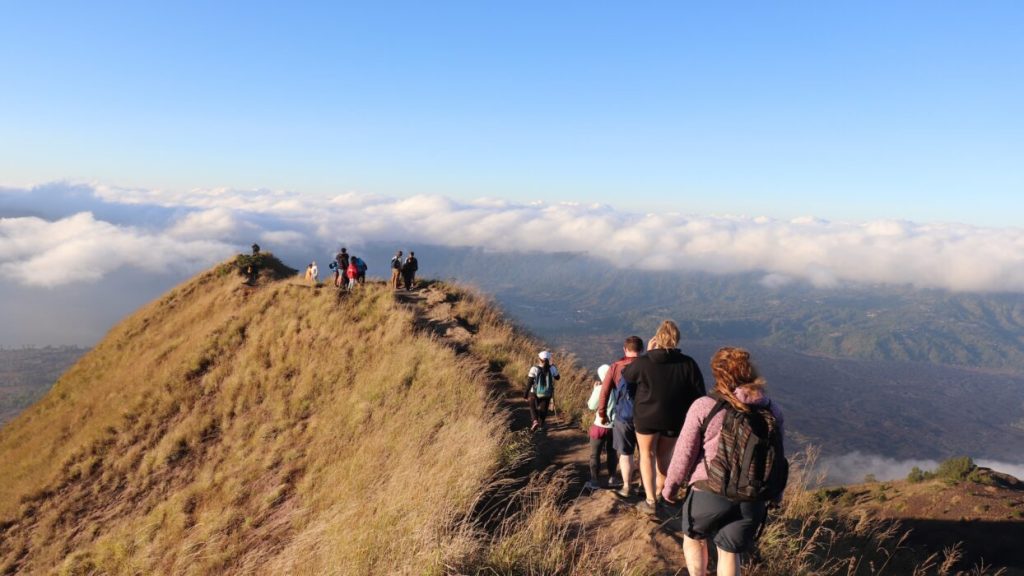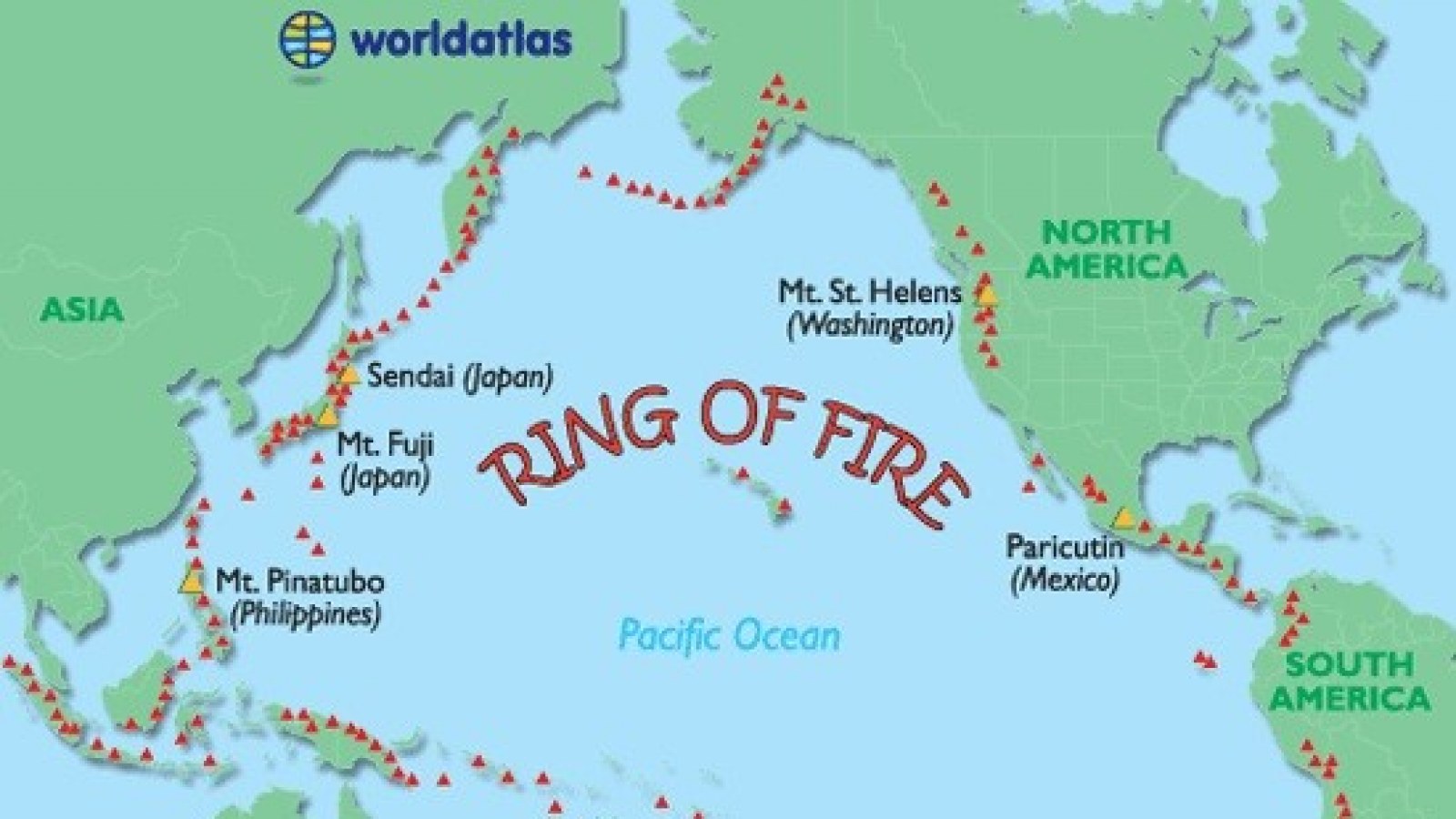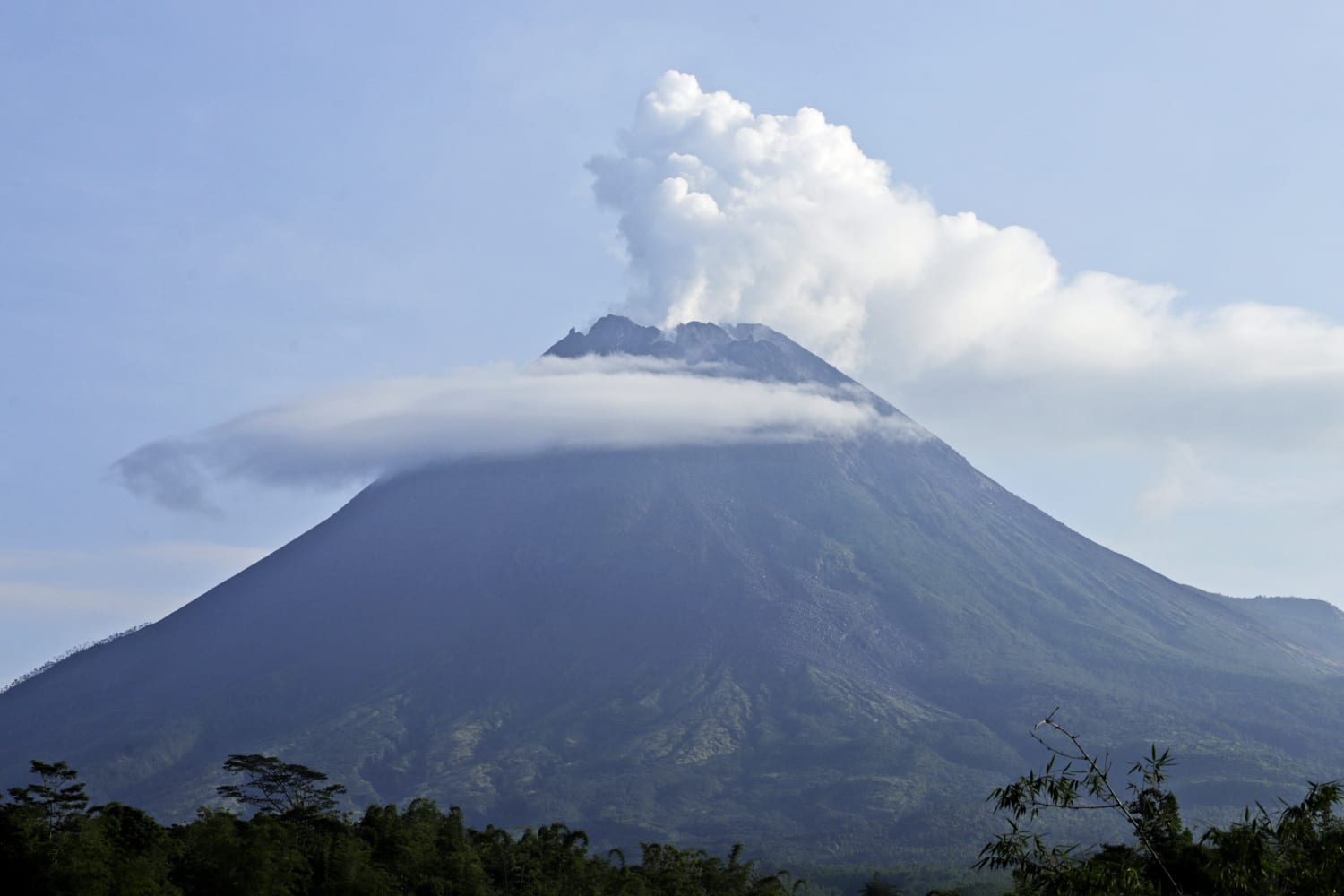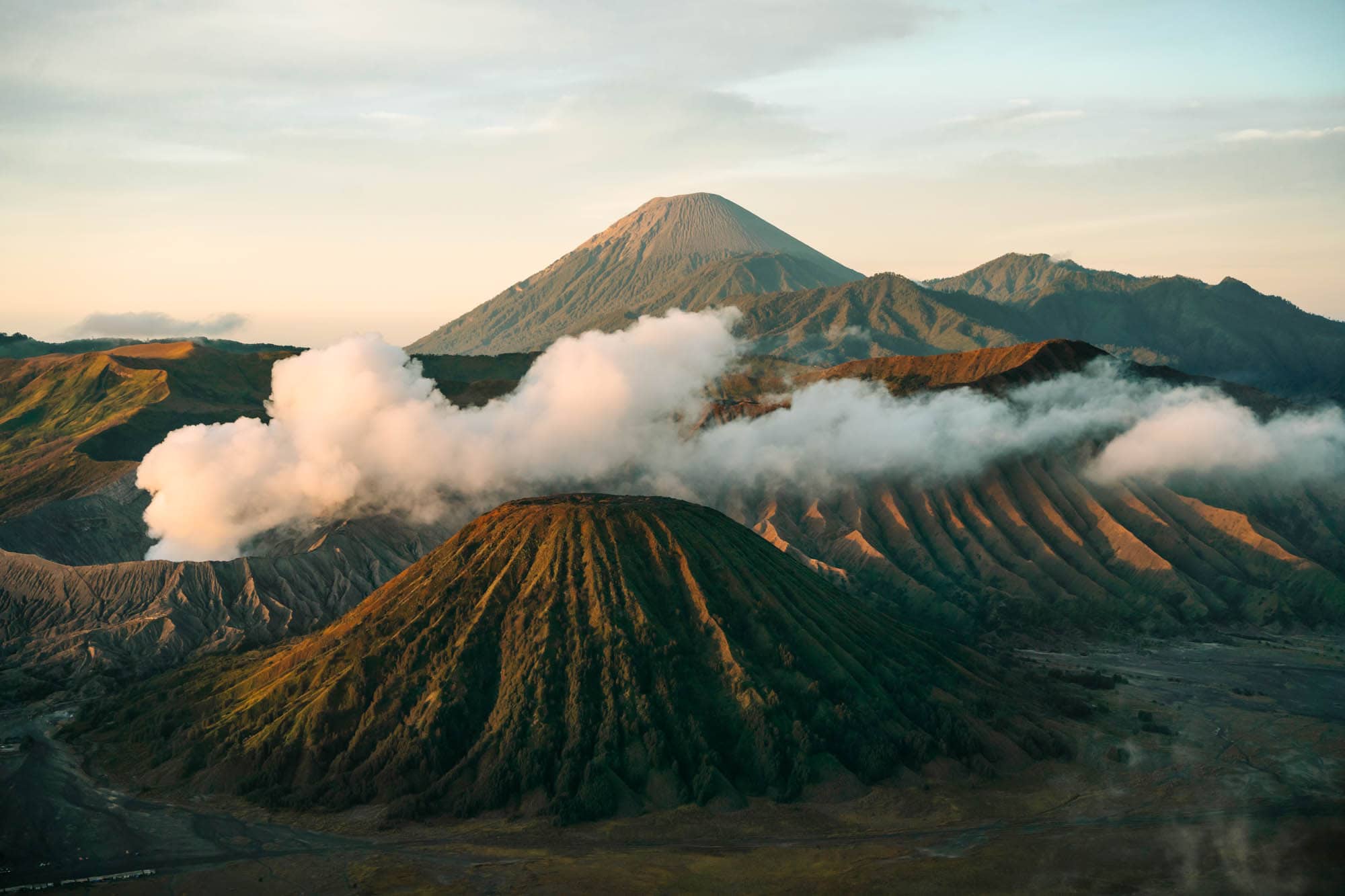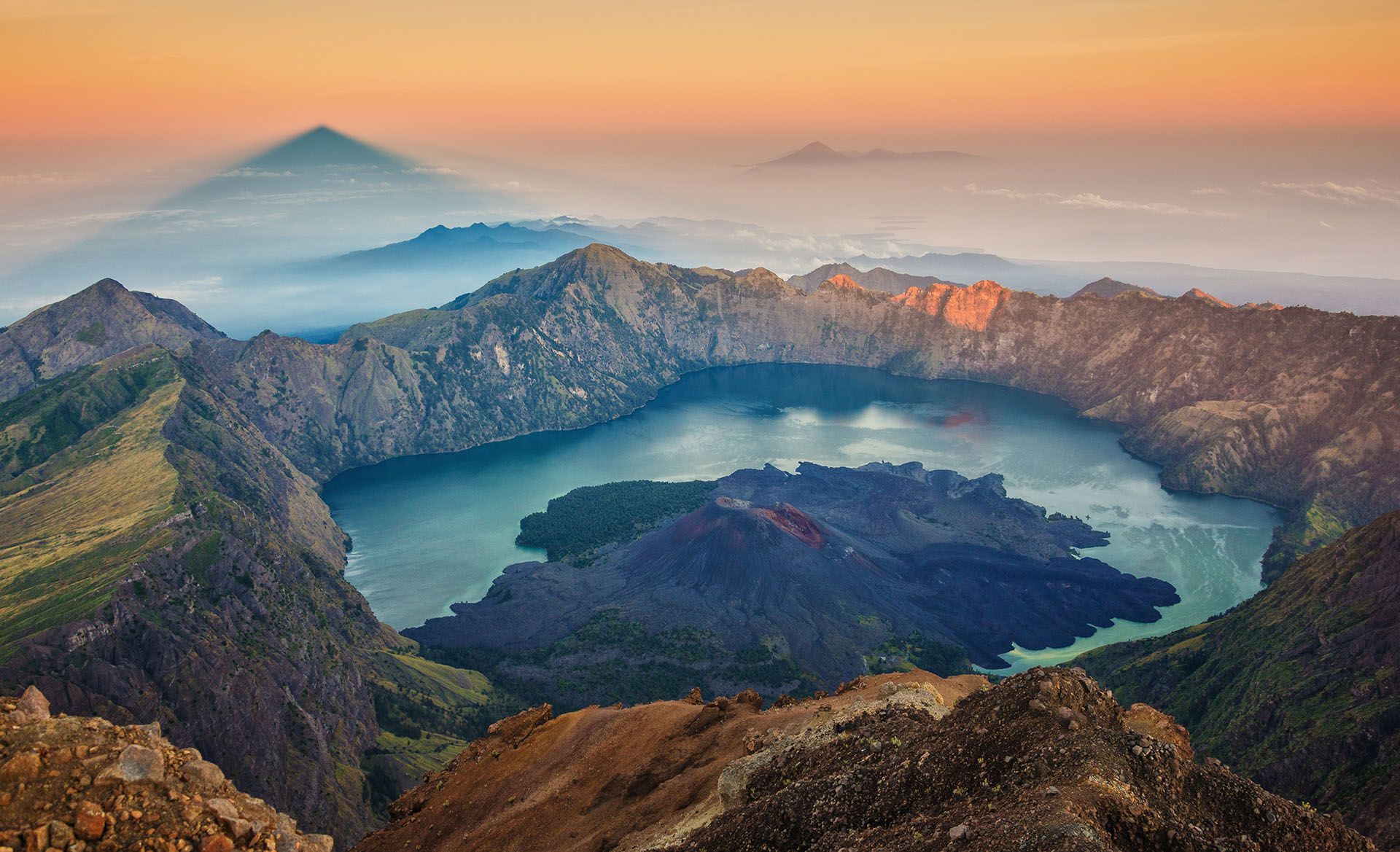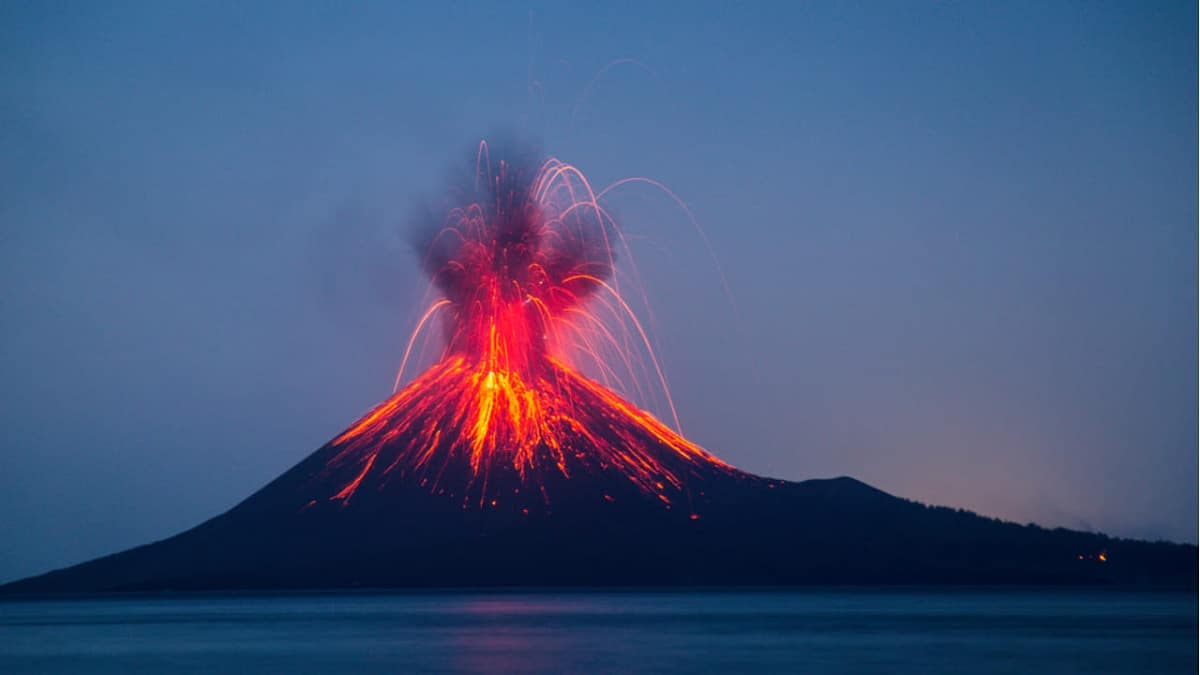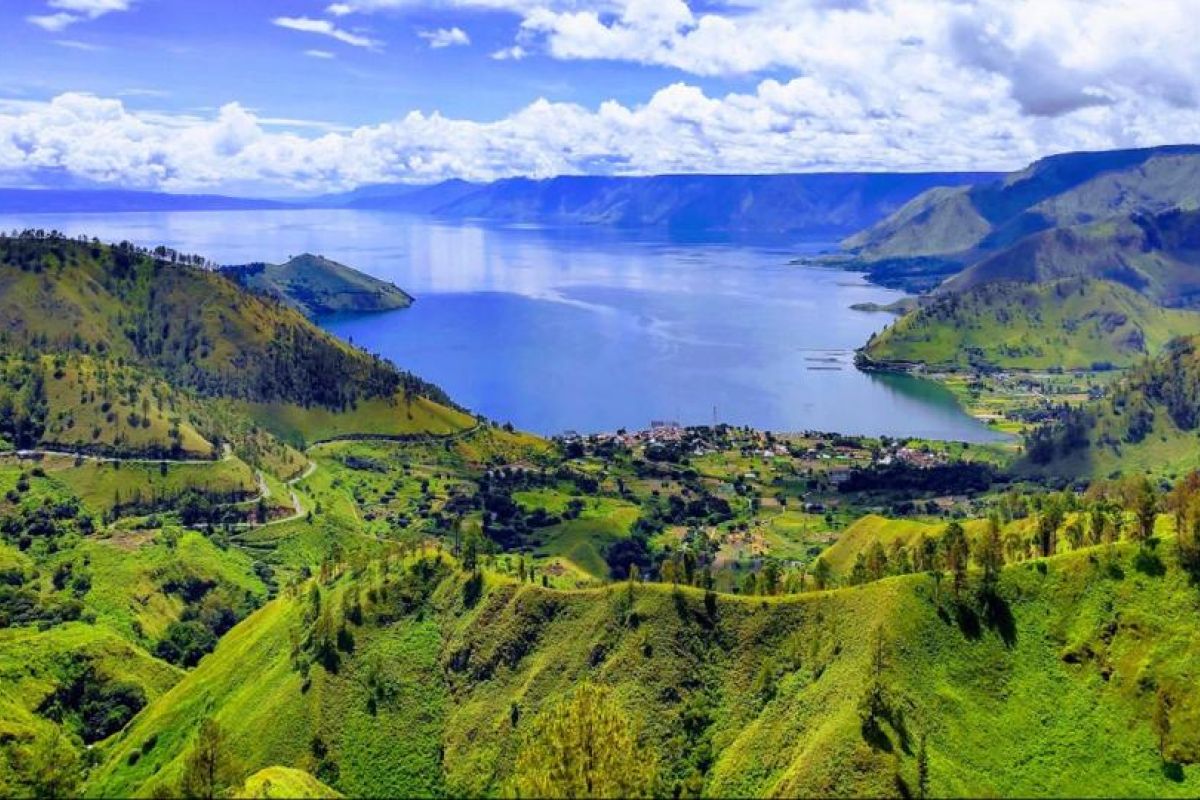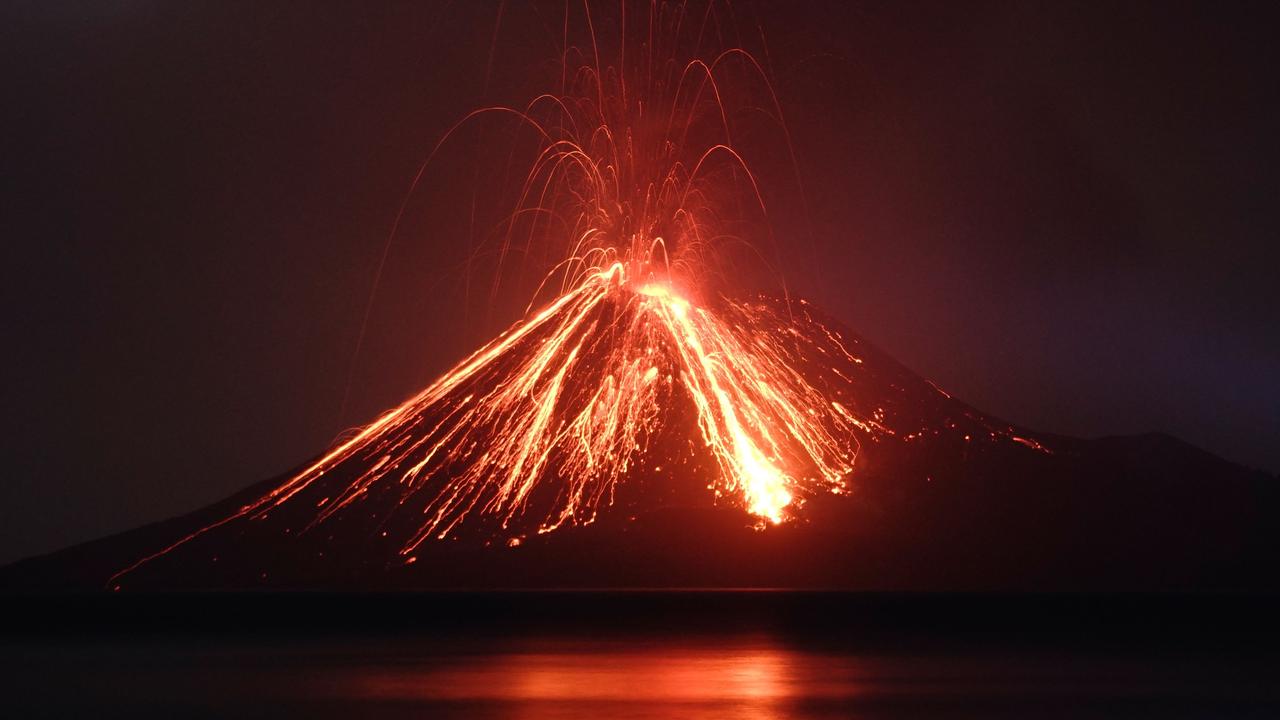Indonesia is a land of extraordinary natural beauty, where towering volcanoes rise above lush landscapes, creating a dramatic and awe-inspiring environment. Situated along the Pacific "Ring of Fire," the country is home to more than 130 active volcanoes, making it one of the most volcanically active regions on Earth. These volcanoes have shaped Indonesia’s history, culture, and landscape for millennia. From thrilling hiking adventures to deeply ingrained myths and legends, Indonesia’s volcanoes offer a unique glimpse into the dynamic power of the Earth.
In this article, Go Indonesia Tours will explore the volcanoes of Indonesia, taking a closer look at their geological significance, their role in shaping local cultures and traditions, and the thrilling adventures they offer to those who seek to experience the raw power of nature. Along the way, we will uncover the myths and stories that have been passed down through generations, adding a mystical dimension to the already fascinating world of Indonesia’s volcanoes.
Indonesia’s Place in the Ring of Fire
Indonesia is located in a geologically active zone known as the Ring of Fire, a horseshoe-shaped area in the Pacific Ocean basin where numerous tectonic plates meet. This region is renowned for its frequent earthquakes and volcanic activity. The Ring of Fire is responsible for some of the world’s most active volcanoes, including those in Indonesia, which are formed as a result of the movement of the Eurasian, Australian, and Pacific plates.
The interaction of these tectonic plates leads to the formation of subduction zones, where one plate is forced beneath another, causing magma to rise and form volcanic eruptions. As a result, Indonesia has some of the world’s most active and visually stunning volcanoes, many of which have shaped the island nation’s geography, culture, and history.
Mount Merapi: The Fiery Guardian of Yogyakarta
One of Indonesia’s most famous and active volcanoes, Mount Merapi is located on the island of Java, near the city of Yogyakarta. It is known for its frequent eruptions, with the most recent significant eruption occurring in 2010, which caused widespread damage and loss of life. Despite the danger, Mount Merapi holds a revered place in the hearts of local people.
The volcano is often referred to as the "guardian" of Yogyakarta, a spiritual symbol for the Javanese people. It is said that the spirit of the mountain protects the city from harm. The local residents, who have long coexisted with Merapi’s unpredictable eruptions, believe that the volcano is inhabited by powerful spirits. Many of the myths surrounding Merapi involve the spirits of ancient kings and warriors, who are said to reside in the mountain’s fiery depths.
For adventurers, Merapi offers a challenging but rewarding trek. The summit provides panoramic views of the surrounding landscapes, including the city of Yogyakarta and other neighboring volcanoes. Treks to the summit typically start at night so that hikers can catch the breathtaking sunrise over the mountain’s crater. Although trekking up the active volcano is an exhilarating experience, it’s essential to respect the mountain and adhere to safety guidelines, as eruptions can occur with little warning.
Mount Bromo: A Mythical Landscape of Fire and Smoke
Another iconic volcano in Indonesia is Mount Bromo, located in East Java within the Bromo Tengger Semeru National Park. Bromo is part of the Tengger massif, which includes several other volcanoes, and is famous for its breathtaking landscapes of blackened volcanic ash, steaming craters, and a dramatic sea of sand. Mount Bromo’s most notable feature is its regular emission of smoke and steam, which gives it an eerie and mystical atmosphere.
According to local Tenggerese legend, Mount Bromo is the site of an ancient myth about a princess named Roro Anteng and her husband, Joko Seger, who were childless. In desperation, they prayed to the gods for a child, and in response, they were granted a son. However, the gods demanded that the son be sacrificed. The couple, unwilling to give up their child, decided to defy the gods. As punishment, the gods erupted the volcano in a fiery explosion. The eruption is said to represent the wrath of the gods, forever keeping the volcano in a state of smoking activity.
For adventure seekers, Mount Bromo offers an unforgettable experience. Most visitors begin their journey to Bromo by taking a jeep ride through the Sea of Sand, where they can watch the sunrise over the smoking crater. The view of the sun rising over the volcano is one of Indonesia’s most iconic landscapes and a must-see for any traveler.
Mount Rinjani: Trekking Through the Highlands of Lombok
On the island of Lombok, Mount Rinjani stands tall as the second-highest volcano in Indonesia, towering over the island at 3,726 meters (12,224 feet). Rinjani is known not only for its striking beauty but also for the lake that sits within its caldera, Segara Anak Lake. This stunning crater lake is surrounded by steep cliffs, and its deep blue waters are considered sacred by the local Sasak people.
Trekking to the summit of Mount Rinjani is a challenging and physically demanding adventure, but the rewards are immense. Hikers who brave the steep terrain are treated to spectacular views of the lake and the surrounding mountains. The trek is a multi-day journey, with overnight camping along the way, making it an unforgettable adventure for those with a love for nature and physical challenges.
Rinjani is also a spiritual destination for the Sasak people, who believe the mountain is the home of the gods. The lake within the crater is a site of pilgrimage, and local rituals are performed there to honor the spirits and ask for blessings. The mountain is also considered sacred in various legends and myths, including stories of the gods creating the lake by casting down a magical stone.
Krakatoa: The Explosive Legacy of the 1883 Eruption
The eruption of Krakatoa in 1883 is one of the most famous volcanic events in history. Located in the Sunda Strait between the islands of Java and Sumatra, Krakatoa erupted with such intensity that the explosion was heard as far away as Australia and the island of Rodrigues, located 4,800 kilometers away. The eruption led to the creation of a massive tsunami, killing over 36,000 people and drastically altering the surrounding landscape.
Today, Krakatoa is still an active volcano, and its smaller offspring, Anak Krakatau (meaning "Child of Krakatoa"), continues to grow in the same caldera formed by the catastrophic eruption. Anak Krakatau is a highly active volcano, regularly erupting and adding to its size, though it is generally less violent than the original Krakatoa.
The eruption of Krakatoa has left a profound mark on Indonesia’s culture and folklore. Many local legends depict the volcano as a gateway to the underworld, with spirits of the deceased residing within its fiery depths. Despite the dangers, Krakatoa remains a symbol of the Earth's raw power and serves as a reminder of the volatile forces that shape the planet.
For those seeking adventure, a visit to Anak Krakatau offers a chance to see an active volcanic site in action. Tours are available to take visitors around the volcanic island, providing an up-close view of the crater and its ongoing eruption activity.
Mount Toba: The Supervolcano That Changed the World
The Toba supervolcano, located on the island of Sumatra, is one of the most significant geological features in Indonesia. Around 74,000 years ago, it erupted in a cataclysmic event that is thought to have caused a global volcanic winter, leading to a dramatic cooling of the Earth’s climate and possibly contributing to the near-extinction of humanity.
Today, the caldera of the Toba supervolcano forms Lake Toba, the largest volcanic lake in the world. The lake is a serene and beautiful spot, surrounded by lush hills and small villages. Its volcanic origin has created a landscape that is both stunning and rich in geological history. The surrounding area is also home to the Batak people, an indigenous group known for their unique culture, traditions, and architecture.
A visit to Mount Toba is not only an opportunity to learn about the geological history of the area but also a chance to experience the culture and natural beauty of the Batak people. Visitors can enjoy boat tours on the lake, visit traditional villages, and hike around the caldera’s rim, taking in panoramic views of the surrounding landscape.
The Myths and Legends of Indonesia’s Volcanoes
Indonesia’s volcanoes are more than just geological features—they are deeply intertwined with the beliefs, myths, and traditions of the people who live nearby. These towering mountains are often viewed as sacred places, inhabited by powerful spirits or gods. In many cultures, volcanic eruptions are seen as a sign of divine wrath, or as a means for the gods to communicate with the people.
In Javanese mythology, for example, Mount Merapi is said to be the home of Nyi Roro Kidul, the mythical Queen of the Southern Sea. It is believed that the queen resides in the volcano’s fiery depths and that her anger can cause violent eruptions. Similarly, in Balinese Hinduism, volcanoes like Mount Agung are seen as the abode of the gods, and eruptions are regarded as sacred acts of nature.
For many Indonesians, volcanoes are a source of both fear and reverence, as their eruptions can bring destruction, but they also provide fertile land for agriculture, creating a delicate balance between life and death.
Conclusion: Indonesia’s Volcanic Adventures Await
The volcanoes of Indonesia are not just natural wonders; they are living symbols of the power and mystery of the Earth. From the awe-inspiring views of Mount Rinjani to the explosive legacy of Krakatoa, these volcanoes offer a unique mix of adventure, natural beauty, and cultural significance. Whether you’re an adventurer looking to hike to a summit, a history buff eager to learn about past eruptions, or a culture enthusiast hoping to uncover local myths and legends, Indonesia’s volcanoes provide an unforgettable experience. For those willing to venture into the heart of the Ring of Fire, the rewards are boundless—an adventure in nature’s rawest form, where myth and reality come together in a fiery embrace.

